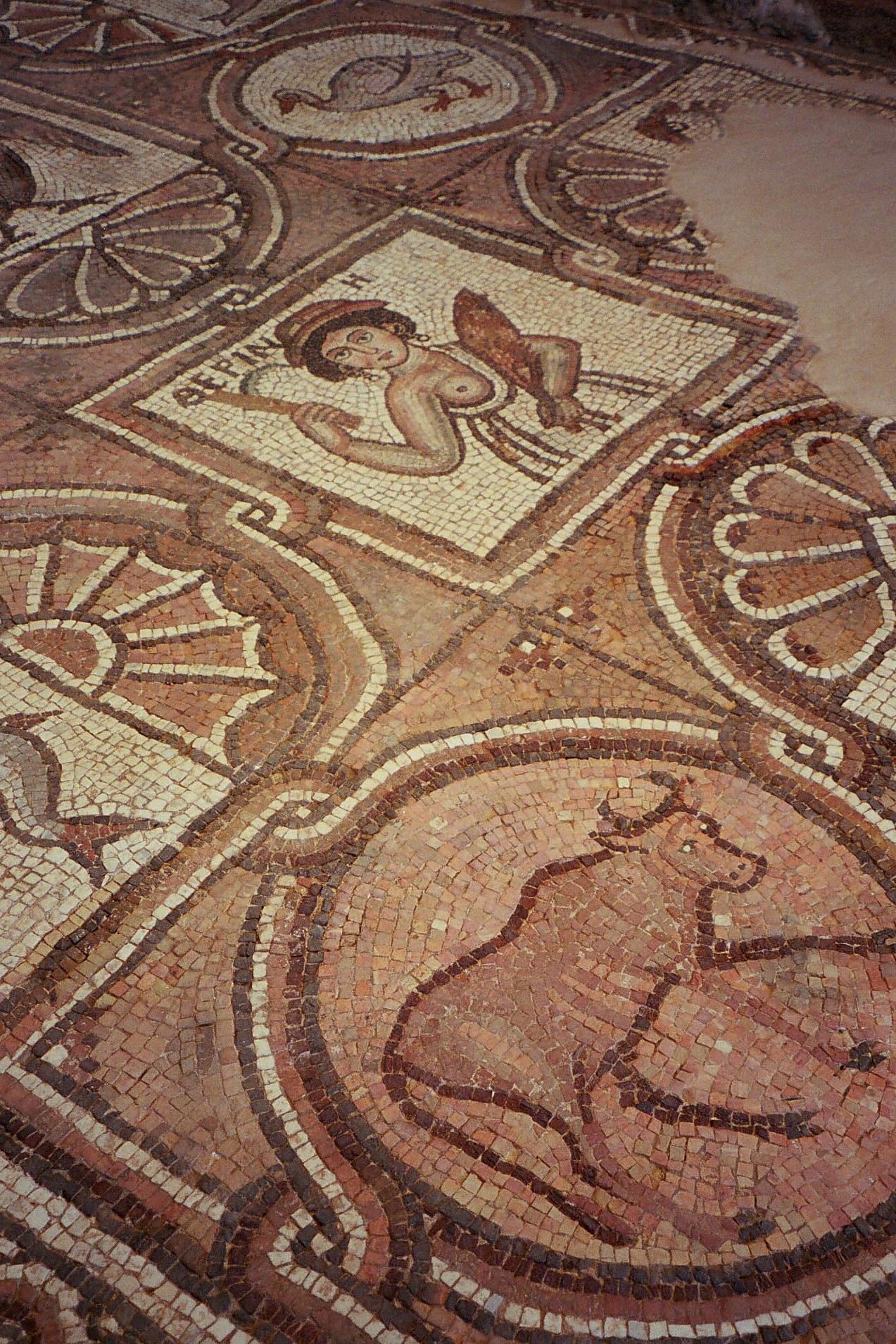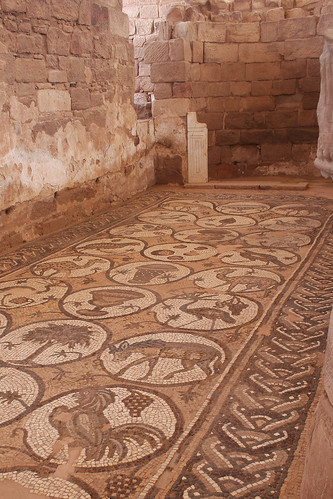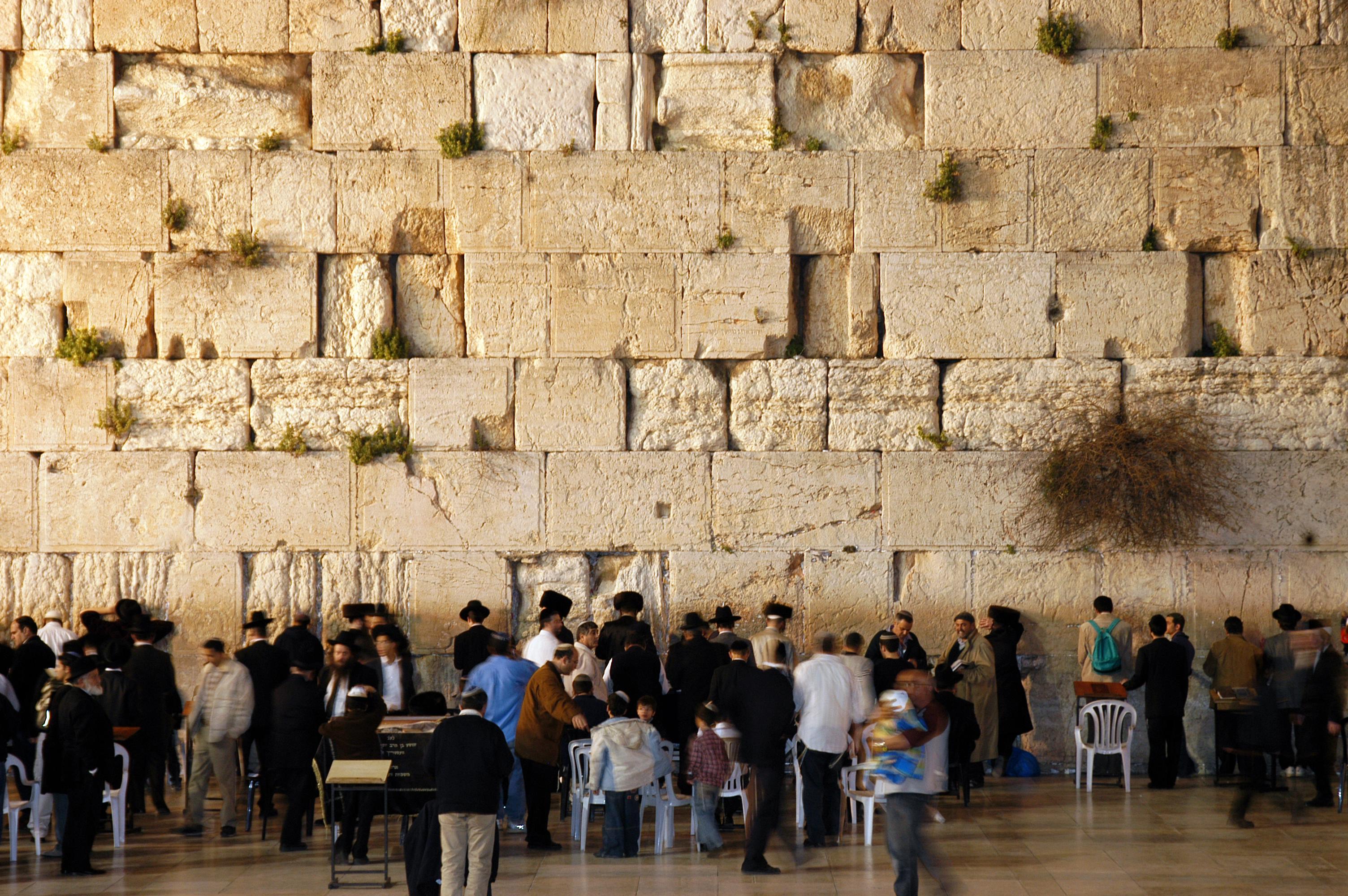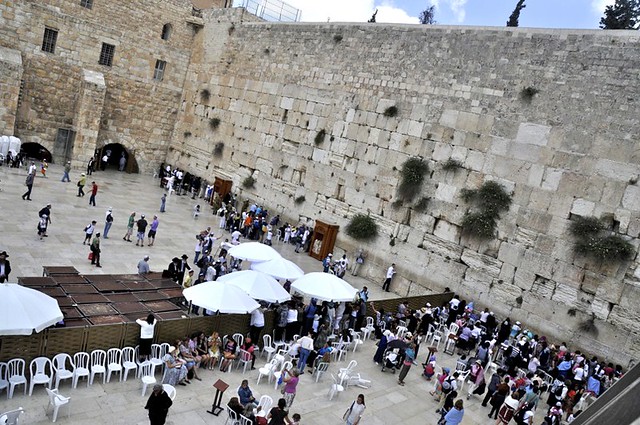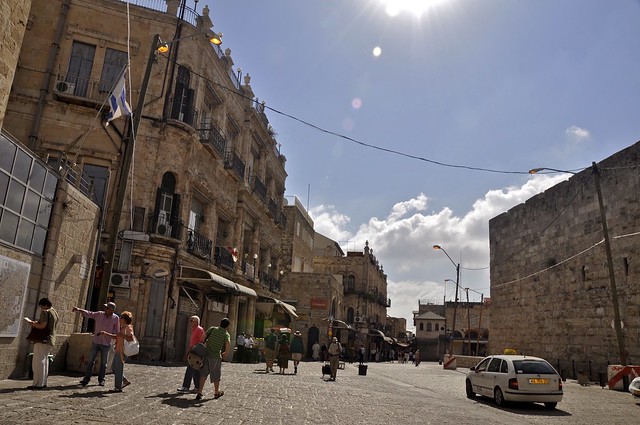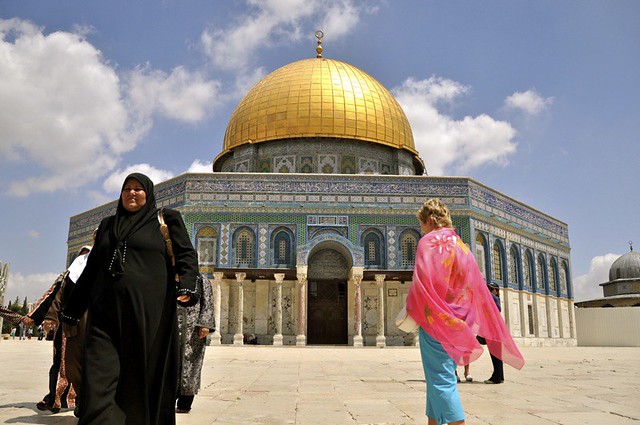Dubai, additional recently has been viewed as associate approaching traveler destination. It offers world category facilities all told spheres of traveler activities. journey sports have conjointly become an enormous factor here. Among the activities on provide jet sport, sand sport, desert safaris etc ar very hip. The forty nine miles of natural lineation that metropolis has conjointly offers several attractions. initial there ar pristine beaches with terribly clear waters. you'll Jet Ski or for a additional set back possibility cruise in metropolis on the open waters of the gulf. The waters encompassing metropolis ar glorious for being calm & sailing on this can be a pleasure. No spilling drinks & sickness to spoil the occasion.
For those not on a budget you'll cruise in metropolis on a yacht. There ar yachts of all sizes offered for a cruise within the waters around metropolis. These is employed for daily or for a brief period, rent one for a cruise in metropolis for a bunch or simply a romantic getaway. Cruises from metropolis have created their mark within the traveler circles. there's lots data|of data|of knowledge} on varied sites on the web with careful information on the varied choices offered. Tour firms, firms hiring out yachts & cruise firms have websites that clarify on their offers.
The native fishing boats referred to as Dhows ar a singular thanks to take a cruise. These ar handsewn native boats that may take you across the Dire Creek that cuts threw metropolis. There ar tour choices of cruising in metropolis with a yacht or a sailing ship or the other vessel to look at metropolis by day or by Night. The soaring buildings in metropolis ar magic in the dead of night once viewed from a vessel sailing past slowly.
Cruises from metropolis offer you a sense of luxury wherever time stands still after you ar on the open waters. metropolis has virtually 900 miles of lineation which incorporates the world around their imitation islands placed within the form of a palm. These imitation islands {are also|also ar|are} accessible with these cruises & are a particular should do.
For those not on a budget you'll cruise in metropolis on a yacht. There ar yachts of all sizes offered for a cruise within the waters around metropolis. These is employed for daily or for a brief period, rent one for a cruise in metropolis for a bunch or simply a romantic getaway. Cruises from metropolis have created their mark within the traveler circles. there's lots data|of data|of knowledge} on varied sites on the web with careful information on the varied choices offered. Tour firms, firms hiring out yachts & cruise firms have websites that clarify on their offers.
The native fishing boats referred to as Dhows ar a singular thanks to take a cruise. These ar handsewn native boats that may take you across the Dire Creek that cuts threw metropolis. There ar tour choices of cruising in metropolis with a yacht or a sailing ship or the other vessel to look at metropolis by day or by Night. The soaring buildings in metropolis ar magic in the dead of night once viewed from a vessel sailing past slowly.
Cruises from metropolis offer you a sense of luxury wherever time stands still after you ar on the open waters. metropolis has virtually 900 miles of lineation which incorporates the world around their imitation islands placed within the form of a palm. These imitation islands {are also|also ar|are} accessible with these cruises & are a particular should do.























